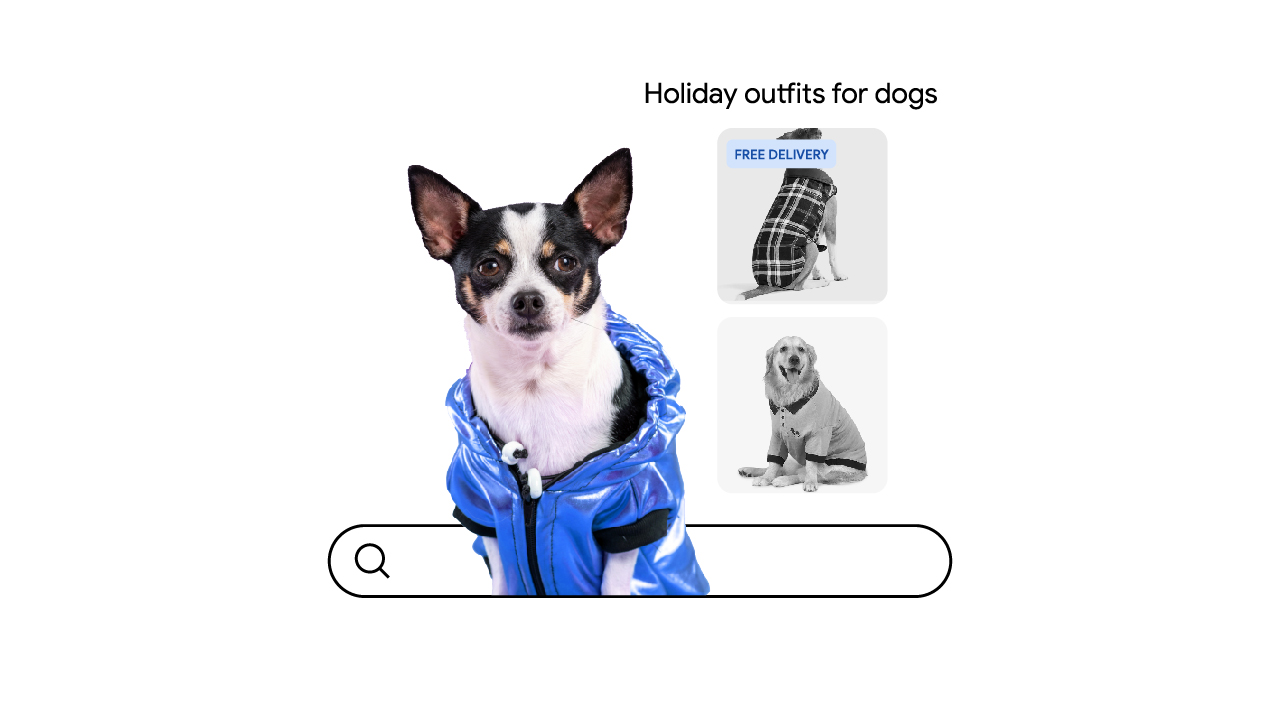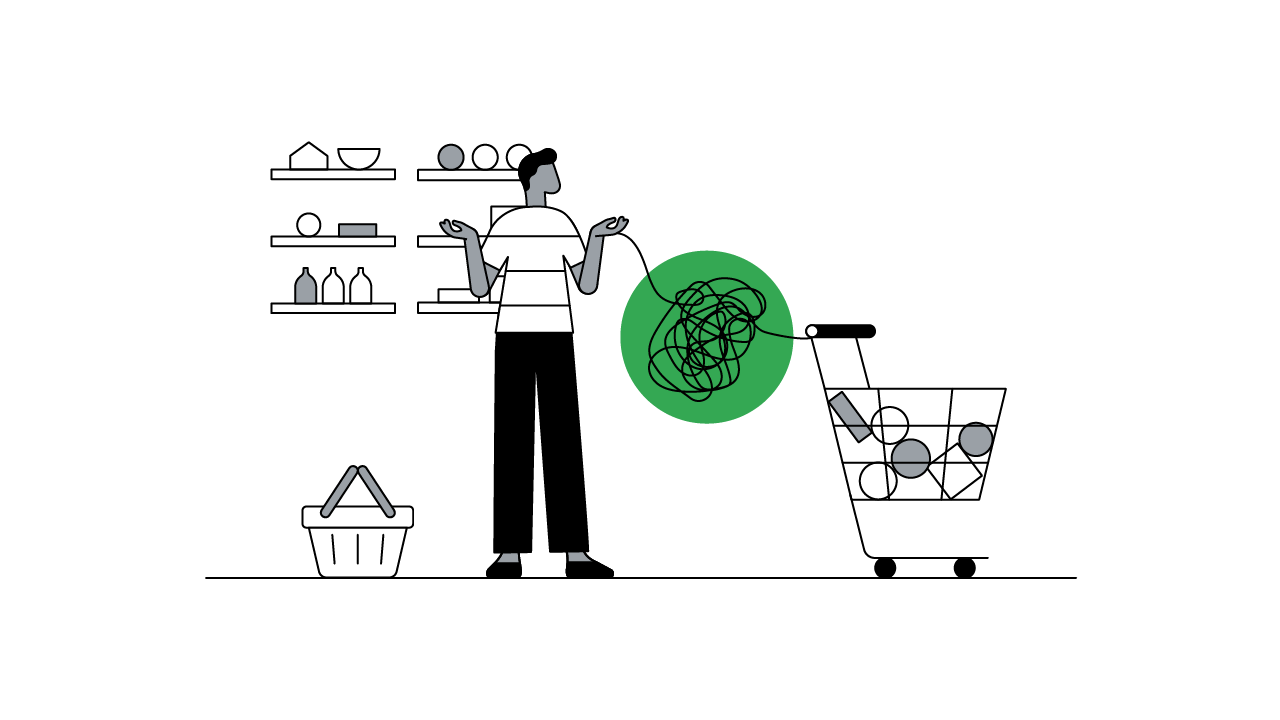While the vast majority of shoppers in Southeast Asia (SEA) still prefer to buy offline, we found just over half of all offline purchases are influenced by digital.1 To help retailers understand how consumers use digital on the path to purchase, we embarked on qualitative and quantitative research across several verticals in six key markets. The results illuminated five key lessons retailers can use to stimulate offline sales by engaging shoppers online.
Thanks to improved infrastructure and connectivity, SEA has quickly become one of the world’s leading mobile-first regions. Today, more than 90% of people in SEA connect to the internet via mobile.1 But despite consumers becoming more digitally savvy, 82% of sales still happen offline.2

And yet, for brick-and-mortar retailers, digital has a growing influence throughout the consumer’s purchase journey. In fact, 51% of all offline purchases are influenced by digital.2 Smartphones in hand, today’s shoppers are spending more time online before visiting a store, while they’re shopping, and even after they’ve made a purchase.
To get a better understanding of digital’s role in the consumer journey, we conducted extensive research to explore how smartphone users in six SEA markets shop for smartphones, food and beverages, personal care, and women’s wear. Here, we’ve outlined five key lessons for retailers looking for the right digital strategy to reach SEA’s uber-informed, highly mobile shoppers.
1) Show up early to get on shoppers’ shortlists
Rather than browse countless aisles in a store, more shoppers are bouncing between online sources like search and video to narrow their options. More than half of consumers in our research said they actively seek information online before they make a purchase, with 48% of those shoppers relying on Google Search.
“I don’t always have the time to figure out what fits my needs, so YouTube helps me easily explore different options.” — Piya, 23, TH
And more than two-thirds (68%) of all shoppers we surveyed are daily users of both Search and YouTube. Piya, a shopper we spoke to from Khon Kaen, Thailand, said she uses YouTube to help her buy things as simple as face cream. “The world is always changing,” she explained. “I love to find newer and better products to try. I don’t always have the time to figure out what fits my needs, so YouTube helps me easily explore different options.” Piya’s not alone: of the 70% of shoppers who said online ads influenced their purchases, 42% were influenced by video content on YouTube.
Don’t wait until consumers are ready to buy to get noticed. Focus on being present when shoppers first start searching for ideas and inspiration. Informative search ads and compelling video content are great ways to showcase your products for curious shoppers.
2) Tailor your creative to turn browsers into buyers
We’ve seen how campaigns drive greater impact when they capture the right audience’s attention. Beyond just being seen, it’s more important to find shoppers who are most interested in your brand, showcase your products in a way that speaks to their needs and interests, and ensure they have a clear-cut path to purchase.
We see this in our own data — TrueView for action campaigns that tapped into custom affinity audiences drove 30% higher conversion rates than other audience solutions.3
Swedish home furniture brand Jotex is a great example. The brand not only tailored its video ads to in-market shoppers and people planning for major life events (like weddings or welcoming a new baby) but also used TrueView’s shoppable ad format to allow people to buy right from the video. Jotex ended up acquiring 10% more new customers, which resulted in 25% more website transactions and a 22% increase in revenue.
3) Reassure customers at the point of sale
Even when they’re in stores, many shoppers keep their smartphones handy to make sure they’re making the right decision. Nearly half (47%) of SEA shoppers use digital to inform their purchase at the point of sale, and among those shoppers, 39% said they search on Google.

While Search is shoppers’ go-to online resource while in-store, shoppers on the brink of buying also turn to e-commerce and brand websites. For that reason, it’s more important than ever that retailers have quick-loading mobile sites with easy-to-access information and clearly listed product features.
4) Get in front of undecided shoppers
Let’s consider another scenario at the point of sale: If shoppers try to look up a brand in-store but don’t immediately find a website or any online information, they might think twice about buying. In that moment, every other brand in the same category has an opportunity to swoop in and capture the shopper’s wavering interest.
“Even after talking to [in-store promoters], I still turn to Google to make sure I’m choosing a product that works for me.” — Shah, 24, MY
It’s not an uncommon scenario — 80% of Indonesians change their minds along their purchase journeys after consulting their smartphones. Shah, a 24-year-old shopper we spoke to from Kuala Lumpur, still relies on Search after speaking to in-store promoters. “Promoters are trained; they know what’s inside the product, the exact ingredients, and how it will help me. But even after talking to them, I still turn to Google to make sure I’m choosing a product that works for me.”
When in-store shoppers grab their smartphones for quick reassurance, make sure your brand is present in their search results with clear price points and compelling benefits.
5) Stay connected after the sale
Digital continues to play a big role after buying. After making a purchase, around 45% of SEA shoppers go online to find more information on the product, leave reviews about their product or experience, or get the most out of their purchase (such as looking up recipes, how-to videos, or styling guides). On average, more than 1 in 3 of those shoppers use Google Search.

After visiting a store to buy ingredients for a new dish, Lisa, 42, from Manila, said she watches YouTube videos at home to find new recipes, suggestions, and inspiration. “Sometimes I go home to search on Google for new dishes I can create with the ingredients I have. YouTube also recommends dishes I can make using ingredients I have in my cupboard. It makes me feel inspired to try new things!"
Don’t get complacent after the sale — that’s when retailers can follow up to build brand love and inspire loyalty from new customers. To keep past shoppers coming back for more, it’s important to follow up and continually find new, meaningful ways to stay connected.
The path to driving offline sales starts online
As more people in SEA use their smartphones as personal shopping assistants, retailers have a ripe opportunity to engage a wider audience beyond their four walls. But without a digital-first strategy, brands risk being overlooked by potential customers and losing sales to savvier competitors. Stay ahead by ensuring your mobile presence and site speed are up to par, and continue experimenting with new digital strategies to engage shoppers in the right moments.
Methodology
From January to March 2019, Google partnered with Quantum Consumer Solutions to conduct 125 in-depth interviews with a pre-task exercise across six markets in SEA — Indonesia, Singapore, Vietnam, Thailand, Philippines, and Malaysia — covering both rural and urban areas. From April to June 2019, Google partnered with Ipsos to conduct 13,600 online and offline surveys in the same markets. Respondents were smartphone owners aged 18+ with internet access who purchased in the category in the past three months.








